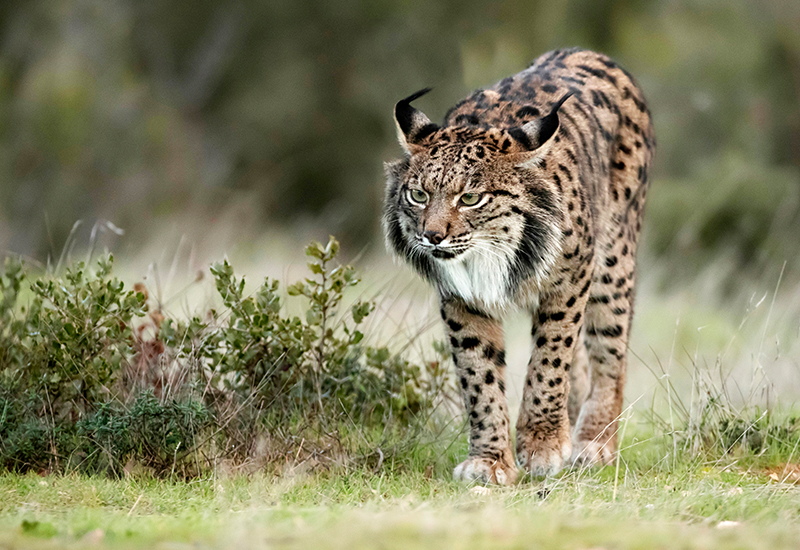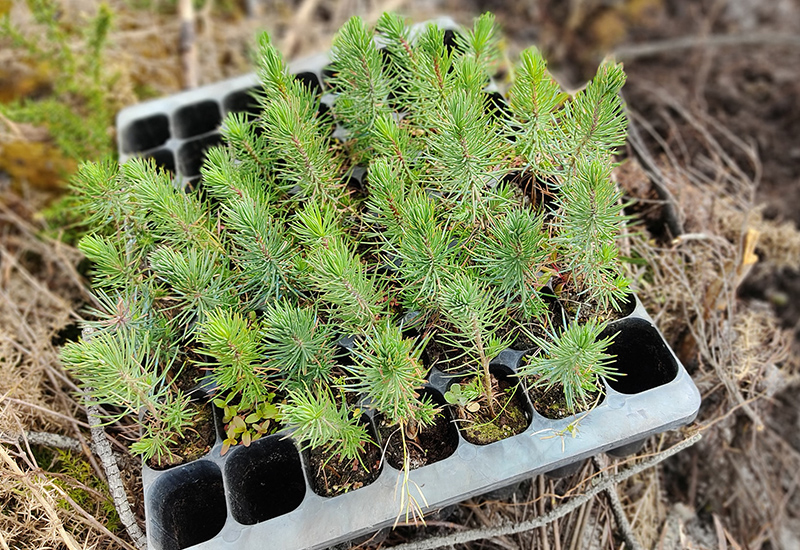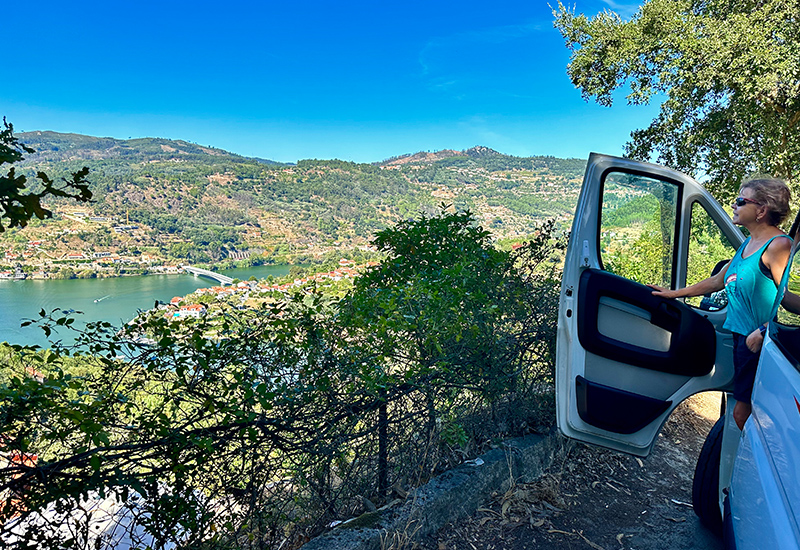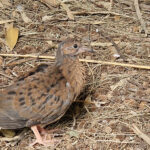Growing up in Portugal in the nineties as a keen wildlife enthusiast, I still recall the excitement over an elusive and endangered wild cat living in a remote region near the Spanish border between Castelo Branco and Guarda.
At that time, the Iberian lynx (Lynx pardinus) was found only in the Malcata National Park so, in Portugal, it was more commonly referred to as the Malcata lynx. A medium-sized feline, it shows all the common traces of the other three lynx species around the globe: short tails, long legs, beard and ear tufts. The other species are the Eurasian lynx (Lynx lynx), the Canada lynx (Lynx canadensis) and the bobcat (Lynx rufus).
Of all lynx species, the Iberian has the most heavily spotted coat. Short and coarse, the coat is bright yellowish red or tawny with dark brown or black spots and a white underside – a perfect camouflage to match its habitat. Once widespread throughout the whole of Portugal and Spain, it became critically endangered in the late 70s and 80s. The 90s saw them disappear from Portuguese territory.
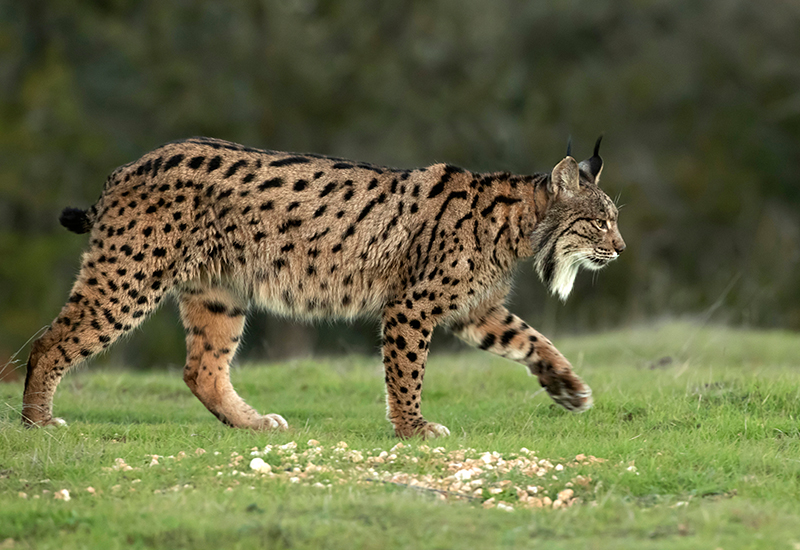
Although habitat loss and hunting were part of the decline, the main reason for the rapid decline of the lynx was the near complete wipeout of its favourite prey, the European rabbit, due to the uncontrolled spread of myxomatosis. This virus disease introduced by humans proved to have devastating effects in many already fragile ecosystems. It seemed as if there were not many lives left for this beautiful cat.
Conservation efforts started in Portugal in 1979 with a first-of-a-kind “Save the Lynx” campaign. The early conservation efforts, based on the preservation of habitat, were not successful and population numbers continued to drop. Other programmes were launched and, if my memory serves me correctly, at one stage, conservationists were trying to capture a male to integrate a new breeding programme but could not find one! There were two females in captivity, but one had already passed its breeding age. The future was, indeed, looking very bleak for this unique creature.
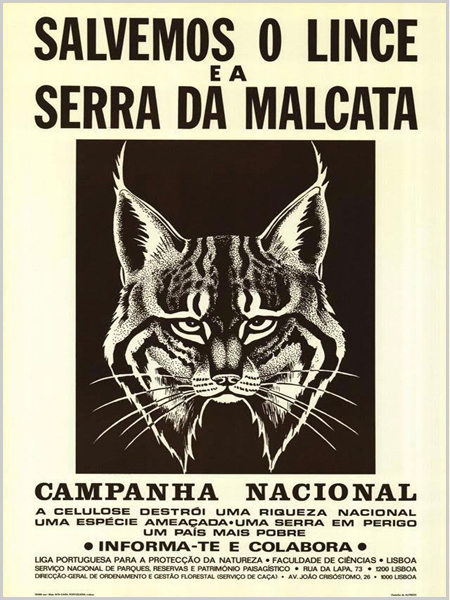
Save the Malcata Lynx Poster 1979

The last lynx record in Portugal was a captured animal in Malcata in 1992. The Malcata National Park still proudly bears the lynx as its logo, but there has been no evidence of its existence since then. Technically extinct in Portugal, Spain still held a few isolated areas with “pocket populations”, such as the ones in Donana Natural Park, south of Seville. At this stage, there were fewer than 100 animals left in existence.
The turning point of this ticking time bomb disaster came in 2004. Portugal and Spain joined forces and, with the help of European funds, launched another set of projects that envisaged the creation of lynx breeding centres, the improvement and management of natural habitats and the increase of healthy rabbit populations for ultimate lynx releases back into the wild.
In Portugal, Silves saw the creation of the CNRLI (Iberian Lynx National Breeding Centre) in October 2009. It remains the only breeding centre in Portugal that works closely with five other centres in Spain to maximise genetic diversity for a healthy population as well as raising these animals with the littlest possible human interaction.

Since its creation, over one hundred animals born at CNRLI have been released in Portugal and Spain. This year alone, eight precious cubs were born at CNRLI and are growing strong. For the last three consecutive years, the centre has achieved a 100% cub survival rate.
The last census shows a population of approximately 1700 Iberian lynxes roaming in the wild. On our side of the border, the population is estimated to be just short of 300 animals around Mértola, Serpa and Alcoutim. Other reported sightings have also been registered in areas such as Castro Verde and even Tavira.
With thirty breeding females in the Vale do Guadiana region, there won’t be any releases in Portugal this year. For the future, other areas are being considered (Malcata included) to slowly regain as much ancestral territory as possible.
Everything considered, the future now looks brighter for our Iberian lynx. It would seem that this cat jumped out of its own grave and was given another nine lives!
Iberian Lynx Fact Sheet
- Habitat: Mediterranean woodland, Algarve “barrocal”, rocky terrain and maquis shrubland.
- Length: 80–100 cm
- Height: 90–100 cm
- Weight: 11-15 kg
- Lifespan: 15 years
- Favourite food: nearly exclusively rabbits but also hares, small rodents and fowl
- Classification: Family: Felidae (Cats) Order: Carnivora
